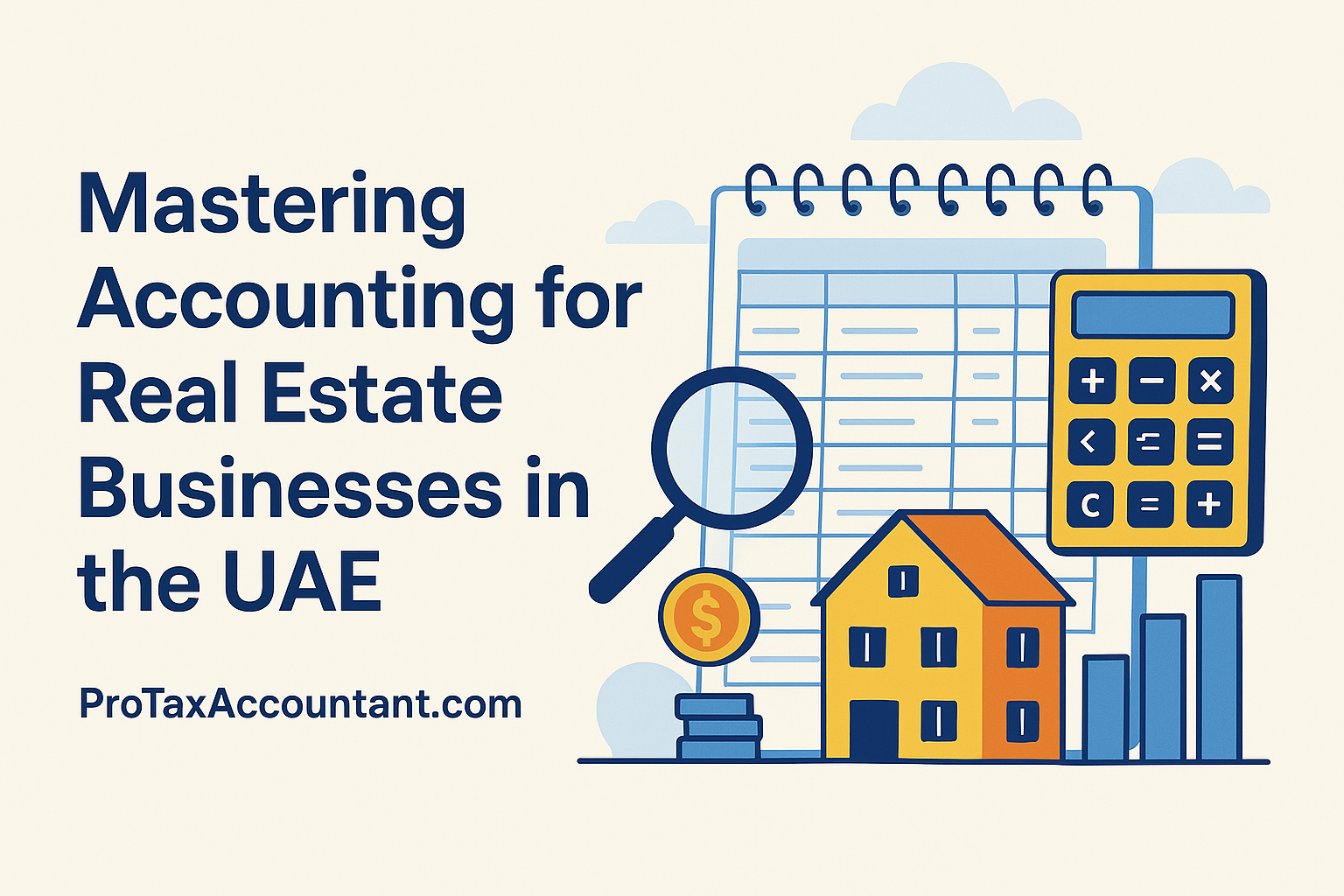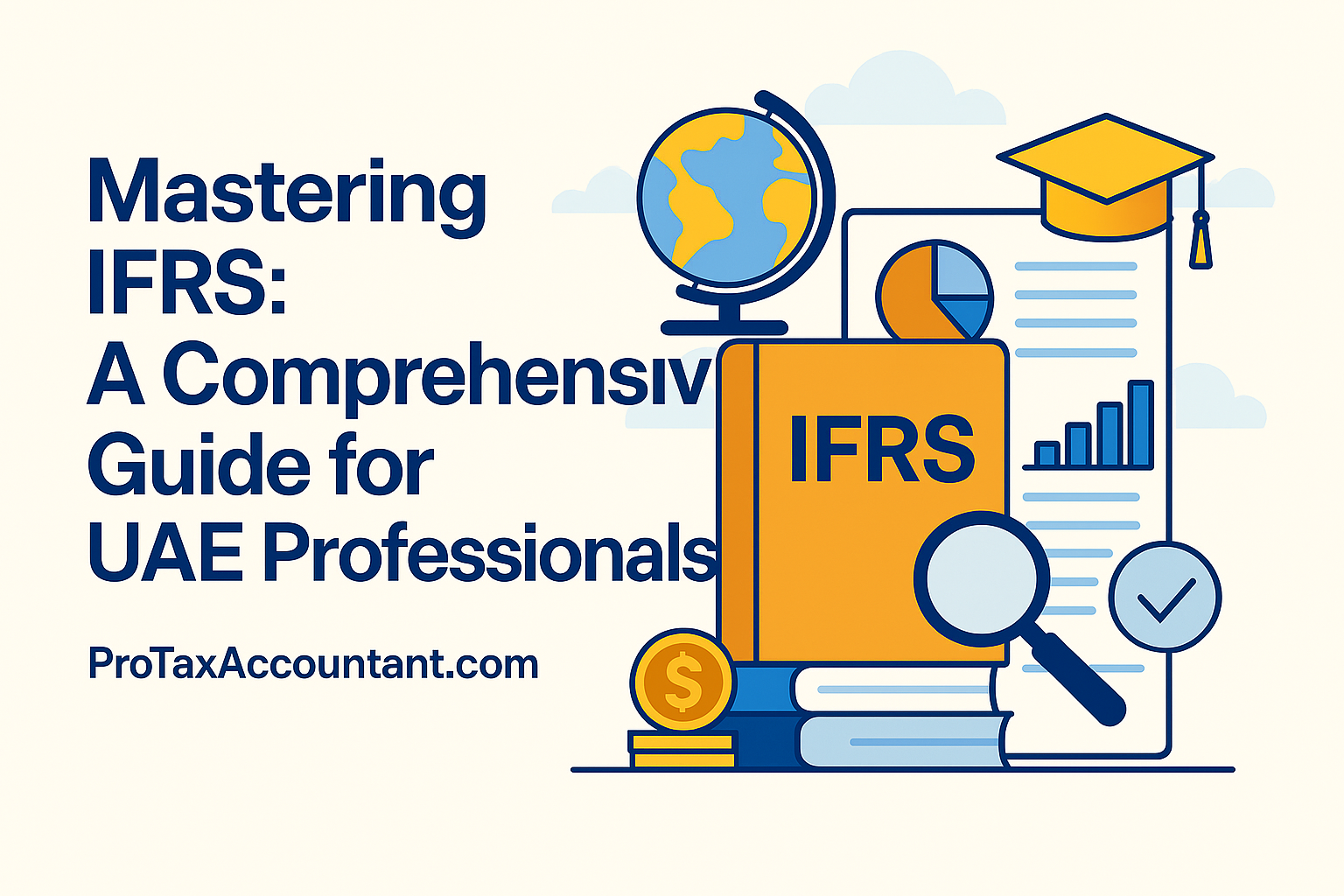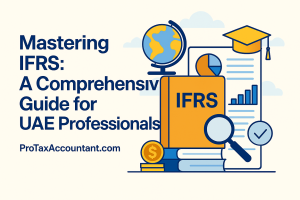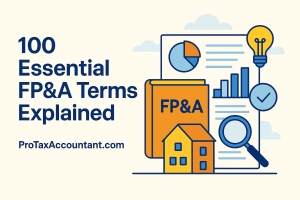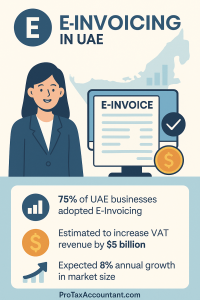Understanding and effectively managing overhead costs is essential for businesses of all sizes.
By accurately calculating and allocating overhead, you can gain valuable insights into your operations, improve profitability, and make informed decisions.
In this post, we’ll break down the process of calculating overhead costs, including identifying indirect costs, categorizing overhead costs, calculating the overhead rate, and summing all overhead costs.
What Are Overhead Costs?
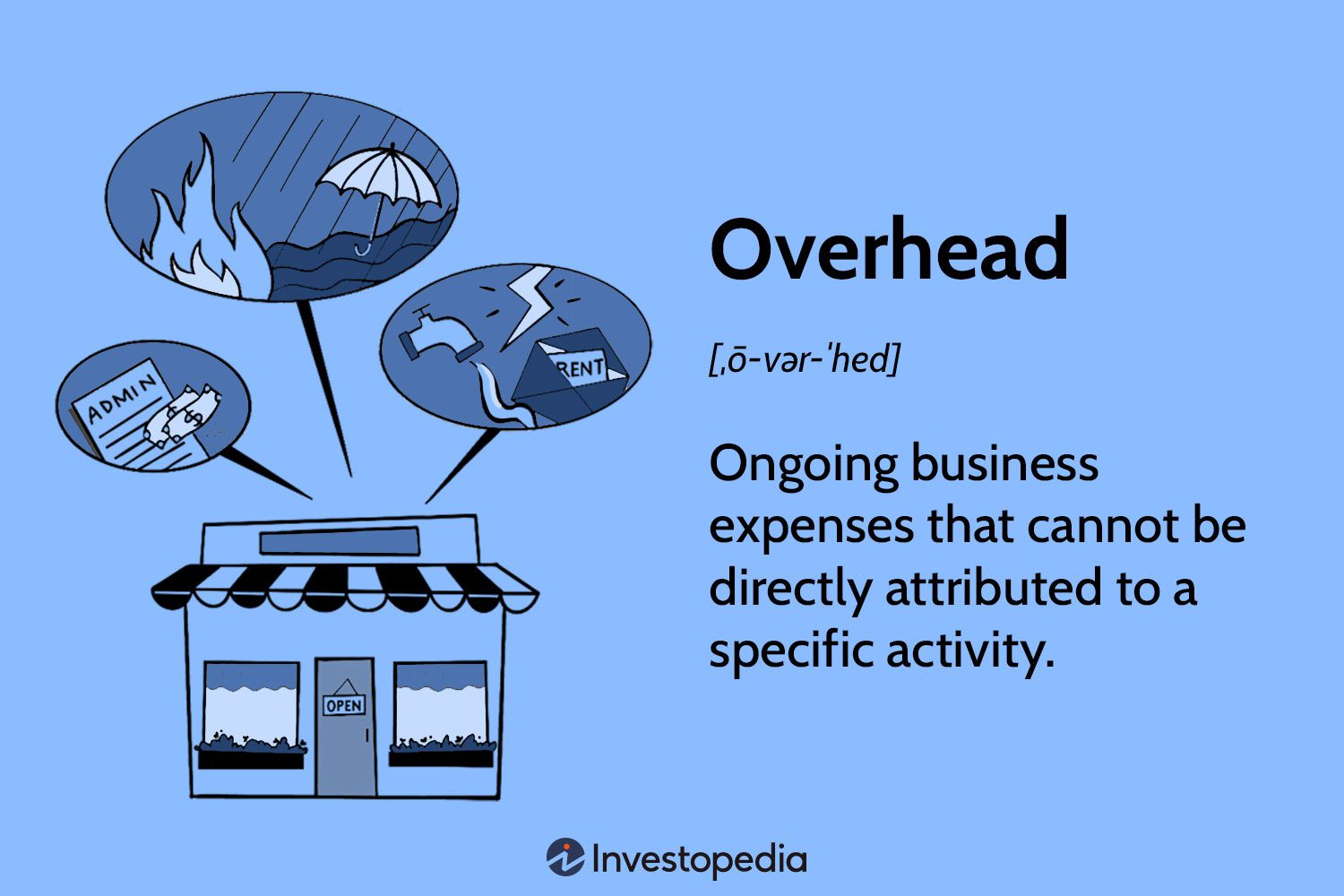
Before diving into calculations, let’s clarify what overhead costs are. Overhead costs are the ongoing expenses of operating a business that aren’t directly tied to producing a specific product or service.
These can include rent, utilities, salaries of non-production staff, and office supplies.
Why Understanding Overhead Costs Matters
Profitability Analysis: Knowing your overhead helps you determine the true cost of your products or services, allowing for better pricing strategies.
Budgeting: Accurate overhead calculations enable more effective budgeting and financial planning.
Resource Allocation: Understanding where your money goes can help you allocate resources more efficiently.
Step 1: Identifying Indirect Costs
What It Means
Indirect costs are expenses that cannot be directly traced to a specific product or service. These are often considered overhead costs.
Examples
Rent: The cost of leasing office space. For instance, if you pay AED 5,000 per month for your office, that amount is an indirect cost.
Utilities: Electricity, water, and internet bills. If your monthly utility bills total AED 1,000, that’s another indirect cost.
Salaries: Wages for administrative staff not directly involved in production. For example, if you pay your receptionist AED 3,000 a month.
Office Supplies: Items like paper, pens, and other materials used in daily operations. If you spend AED 500 on office supplies each month, that’s also an indirect cost.
How to Identify
To identify indirect costs:
Review Your Financial Statements: Look at your income statement and balance sheet to find expenses listed under operating costs.
Categorize Expenses: Sort them into direct (e.g., raw materials) and indirect (e.g., rent) categories.
Example:
If your monthly rent is AED 5,000 and you have utility bills totaling AED 1,000, these would be classified as indirect costs.
Step 2: Categorizing Overhead Costs
What It Means
Once you’ve identified indirect costs, the next step is to categorize them. This helps in better understanding where your money is going.
Categories of Overhead Costs
Fixed Overhead Costs: These remain constant regardless of production levels (e.g., rent). For example, if you pay AED 5,000 in rent every month regardless of how many products you sell.
Variable Overhead Costs: These fluctuate with production levels (e.g., utility bills). If your electricity bill increases when you produce more goods due to higher machine usage.
Semi-variable Overhead Costs: These have both fixed and variable components (e.g., salaries that include a base pay plus overtime). If you pay a base salary of AED 2,000 but incur additional costs during busy seasons.
Example of Categorization
Let’s say you have the following monthly expenses:
Rent: AED 5,000 (Fixed)
Utilities: AED 1,000 (Variable)
Salaries for administrative staff: AED 3,000 (Fixed)
Office supplies: AED 500 (Variable)
You can categorize these as follows:
Fixed Overhead: AED 8,000 (Rent + Salaries)
Variable Overhead: AED 1,500 (Utilities + Office Supplies)
This categorization helps you see which expenses are stable versus those that might change based on business activity.
Step 3: Calculating the Overhead Rate
What It Means
The overhead rate is a ratio that expresses the total overhead costs as a percentage of direct labor or direct materials.
This helps businesses allocate overhead costs to specific projects or products.
Formula for Overhead Rate
Overhead Rate=Total Overhead Costs/Direct Labor Hours
Example Calculation
Let’s assume:
Total Monthly Overhead Costs = AED 10,000
Total Direct Labor Hours = 500 hours
Using the formula:
Overhead Rate = 10,000 / 500 = AED 20 per hour
This means for every hour worked on a project, you would allocate AED 20 in overhead costs.
Applying the Overhead Rate to a Project
Imagine you have a project that requires 100 direct labor hours:
Total Overhead Charged = Overhead Rate×Direct Labor Hours
Total Overhead Charged=20×100=AED2,000
Thus, you would charge AED 2,000 in overhead costs to this project.
Step 4: Summing All Overhead Costs
What It Means
Summing all overhead costs gives you a complete picture of your business’s indirect expenses over a specific period.
How to Sum Up
To sum up your overhead costs:
List all identified indirect costs from previous steps.
Add them together to get the total overhead cost.
Example Calculation
Continuing with our previous examples:
Fixed Overhead: AED 8,000
Variable Overhead: AED 1,500
Total Overhead Costs:
Total Overhead Costs = Fixed + Variable
=8,000+1,500=AED9,500
This total gives you an overview of what it costs to run your business outside of direct production expenses.
Conclusion
Understanding and managing overhead costs is crucial for any business aiming for profitability and efficiency.
By identifying indirect costs, categorizing them appropriately, calculating an accurate overhead rate, and summing all overhead expenses, you can gain valuable insights into your operations.
Effective management of these costs not only improves profitability but also aids in making informed decisions about resource allocation and budgeting.
How Pro Tax Accountant Can Help
Navigating the complexities of accounting can be challenging for small businesses. At Pro Tax Accountant, we specialize in providing tailored accounting and tax services designed specifically for small businesses.
Our team can help you accurately calculate and manage your overhead costs while ensuring compliance with local regulations.
Let us handle the numbers so you can focus on growing your business!For more information on managing your finances effectively or if you have questions about accounting practices in your industry, feel free to reach out!






